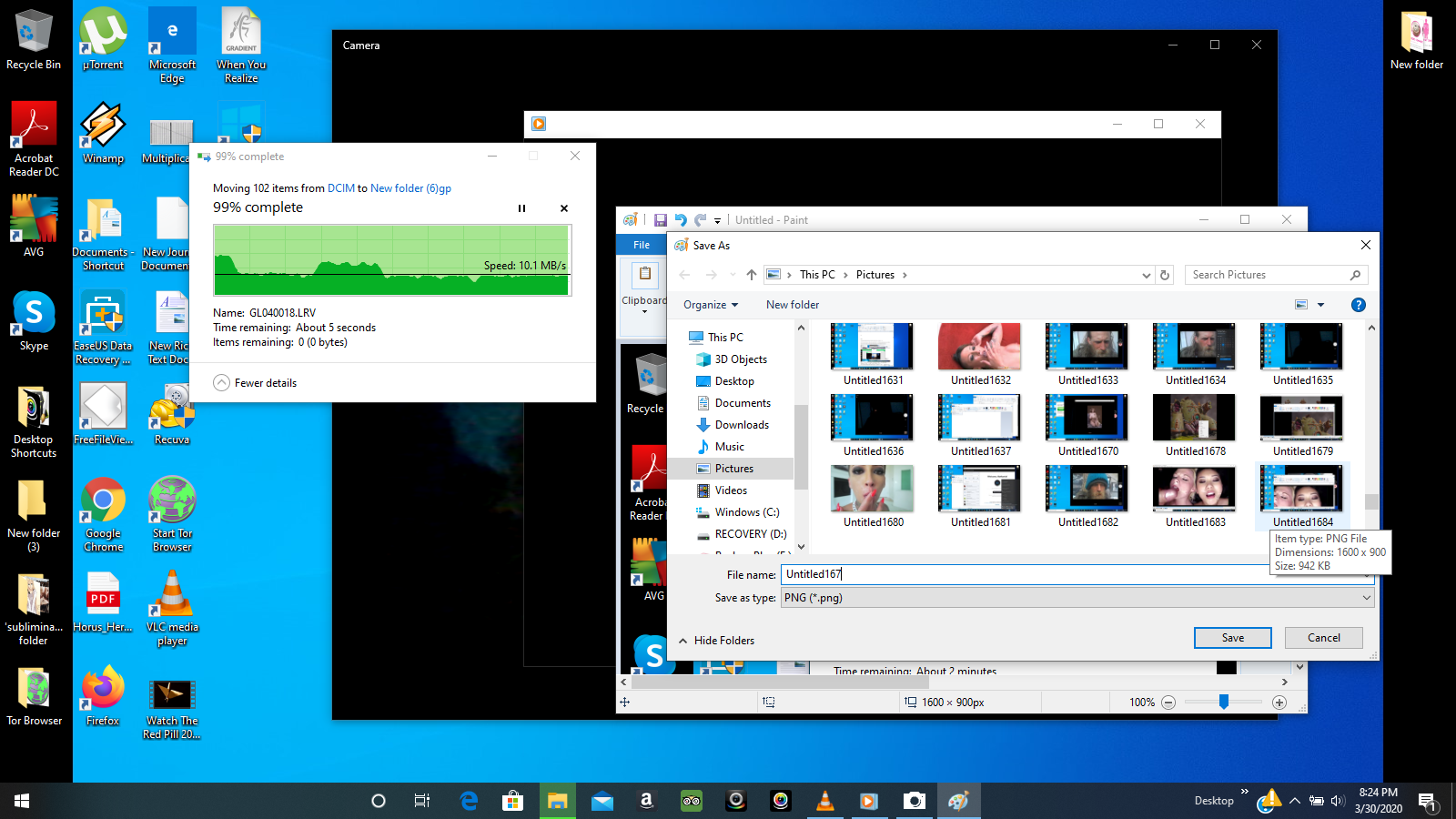How to Make the Library Visible Permanently. Apple hides the Library folder by setting a file system flag associated with the folder. You can toggle the visibility flag for any folder on your Mac. Apple chose to set the Library folder's visibility flag to the off state by default. Here's how to change it. Transfer Crash Reports and Device Logs To a Mac. If you have access to the device on which your app crashes, you can transfer diagnostic logs by connecting the device to your Mac. You can view these logs using the Devices and Simulators window in Xcode, described in About Devices and Simulators window.
- You can then select all text in the diagnostic report and copy it to the system clipboard to paste into email messages or send to other apps. When you sync your iOS device with iTunes on the Mac, these diagnostic reports are downloaded to your computer so they’re easier to browse manually, and then they’re deleted from your iOS device.
- Log files, such as those in the /Library/Logs folder, keep track of past events on your Mac, such as past crash reports. Most users never look at these files, so you can probably delete them with.
If you think your Mac might have a hardware issue, you can use Apple Diagnostics to help determine which hardware component might be at fault. Apple Diagnostics also suggests solutions and helps you contact Apple Support for assistance.

Can I Delete Diagnostic Reports On Mac Library Cardi
Prepare your Mac

- Shut down your Mac.
- Disconnect all external devices except keyboard, mouse, display, Ethernet connection (if applicable), and connection to AC power.
- Make sure that your Mac is on a hard, flat, stable surface with good ventilation.
Start Apple Diagnostics
Determine whether you're using a Mac with Apple silicon, then follow the appropriate steps:
Apple silicon
- Turn on your Mac and continue to press and hold the power button as your Mac starts up.
- Release when you see the startup options window, which includes a gear icon labeled Options.
- Press Command (⌘)-D on your keyboard.
Intel processor
- Turn on your Mac, then immediately press and hold the D key on your keyboard as your Mac starts up.
- Release when you see a progress bar or you're asked to choose a language.
View the test results
Apple Diagnostics shows a progress bar while it's checking your Mac:
When testing is complete, Apple Diagnostics shows the results, including one or more reference codes. Learn about Apple Diagnostics reference codes.
To repeat the test, click “Run the test again” or press Command-R.
To restart your Mac, click Restart or press R.
To shut down, click Shut Down or press S.
Can I Delete Diagnostic Reports On Mac Library Software
To get information about your service and support options, make sure that your Mac is connected to the internet, then click ”Get started” or press Command-G. Your Mac will restart to a webpage with more information. When you're done, choose Restart or Shut Down from the Apple menu.
Can I Delete Diagnostic Reports On Mac Library
Learn more
On an Intel-based Mac, if you can't start Apple Diagnostics with the D key, try these solutions:
Can I Delete Diagnostic Reports On Mac Library Card
- Press and hold Option-D at startup to use Apple Diagnostics over the internet.
- Make sure that your Mac isn't using a firmware password.